Absolutely! An Everest Base Camp helicopter tour typically begins in Kathmandu, Nepal. Travelers are usually picked up from their accommodations and taken to the airport for departure. The helicopter journey itself is an adventure, offering stunning panoramic views of the Himalayas as you soar above the rugged landscapes.
The flight path often takes you over lush valleys, traditional Sherpa villages like Namche Bazaar, the Dudh Kosi River, and ancient monasteries nestled amid the towering peaks. You’ll witness breathtaking vistas of snow-capped mountains, including Everest, Lhotse, Nuptse, and other iconic summits along the way.
The tour typically includes a landing at Everest Base Camp or a nearby location like Kala Patthar, a renowned viewpoint offering an astonishingly close and unobstructed view of Everest. Here, passengers have the opportunity to disembark, stretch their legs, take photos, and soak in the unparalleled beauty of the surroundings. The time spent on the ground is usually brief, allowing enough time for the experience while considering the limited oxygen and high altitude at this location.
After the stop, the helicopter returns to Kathmandu, providing more incredible aerial views and completing the unforgettable journey.
It’s important to note that this kind of tour is weather-dependent due to the unpredictable conditions in the Himalayas. Operators prioritize safety and might need to alter the itinerary or postpone flights if weather conditions are unfavorable.
While the tour offers an awe-inspiring glimpse of Everest and the region, it’s a condensed experience compared to trekking to Base Camp, which allows for a more immersive exploration of the area, interactions with locals, and gradual acclimatization to the high altitude.
Documents required for Everest Base Camp
Trekking to Everest Base Camp in Nepal requires certain documents to ensure a smooth and regulated journey. Here are the primary documents you’ll need:
- TIMS Card (Trekkers’ Information Management System): This card is necessary for all trekkers in Nepal and helps track trekkers for their safety. It’s available through authorized trekking agencies or the Nepal Tourism Board. You’ll need your passport, travel insurance details, and two passport-sized photos to obtain it.
- Sagarmatha National Park Entry Permit: Since Everest Base Camp trek falls within the Sagarmatha National Park, you’ll need an entry permit. You can acquire this permit in Kathmandu or at Monjo, the entry checkpoint to the park. You’ll need your passport and a few passport-sized photos for this permit.
- Local Area Permit (if applicable): Some regions within the Everest area may require additional permits, like the Khumbu Pasang Lhamu Rural Municipality Entrance Permit for some areas beyond Namche Bazaar. Your trekking agency or guide can assist you in obtaining these permits.
- Travel Insurance: While not a document in itself, having comprehensive travel insurance is highly recommended. It should cover emergency medical expenses, evacuation by helicopter (if needed), trip cancellation, and trekking at high altitudes.
- Necessary identification: Always carry your passport or a copy of it along with your permits during the trek.
Remember, it’s advisable to organize your trek through a reputable trekking agency or with an experienced guide. They will assist you in obtaining the necessary permits and provide guidance throughout the trek.
Additionally, rules and requirements might change, so it’s essential to check the most current information and regulations before embarking on your journey to Everest Base Camp.

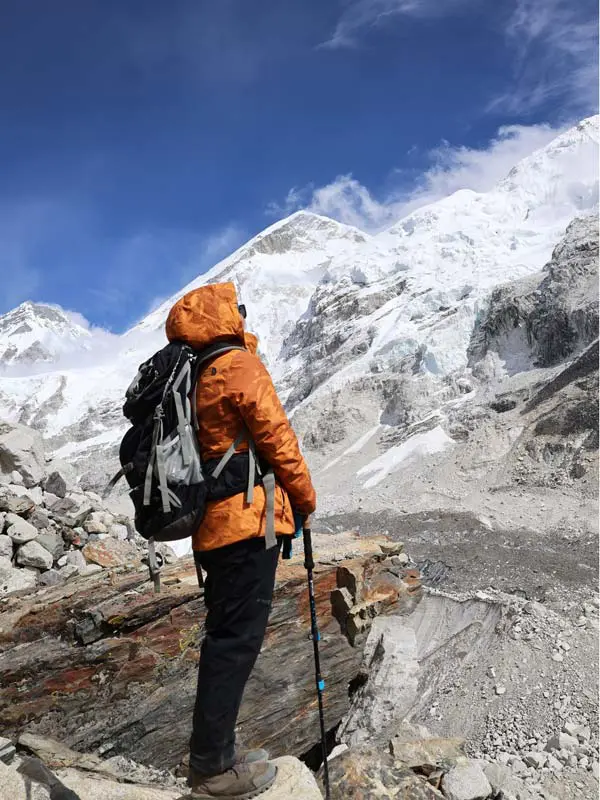

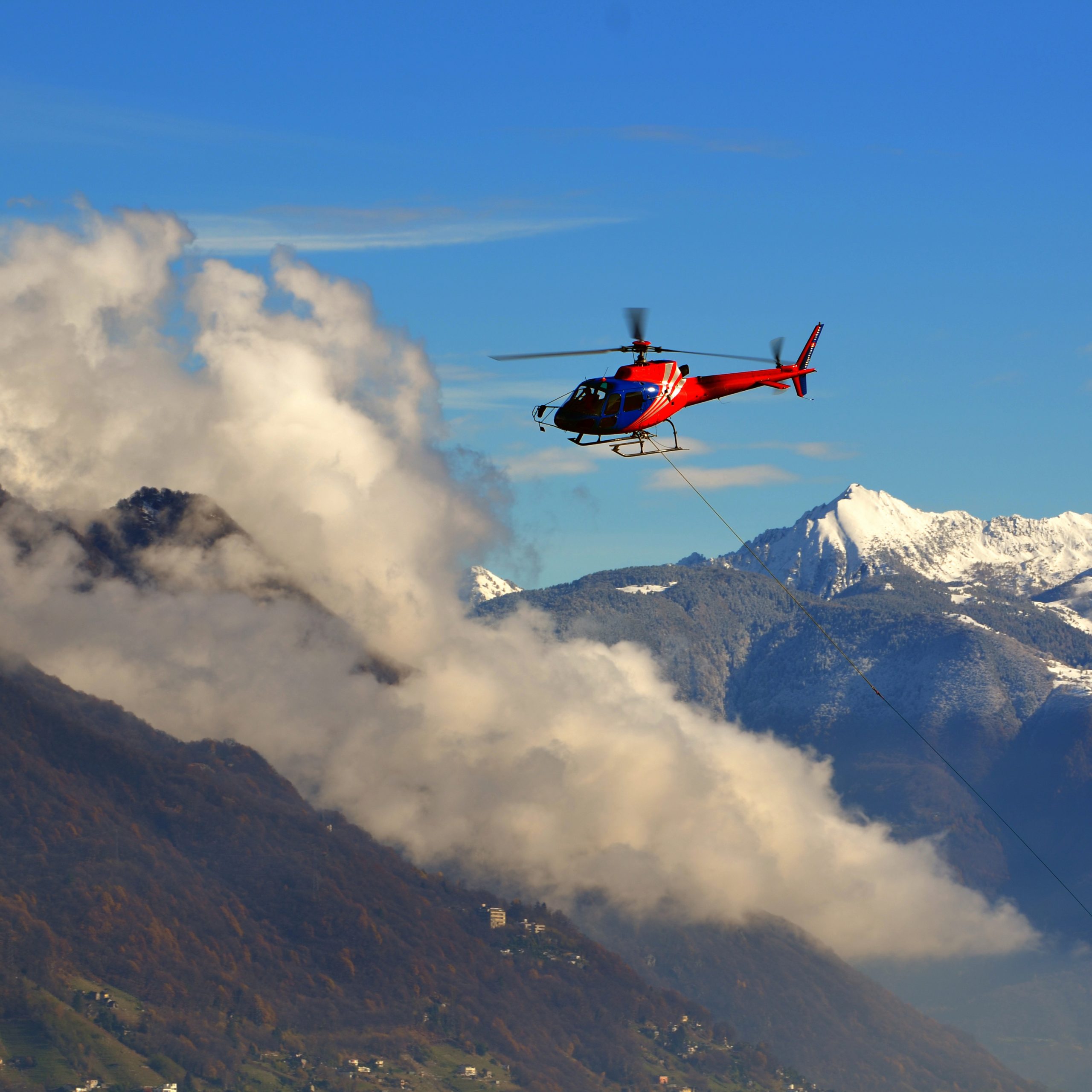


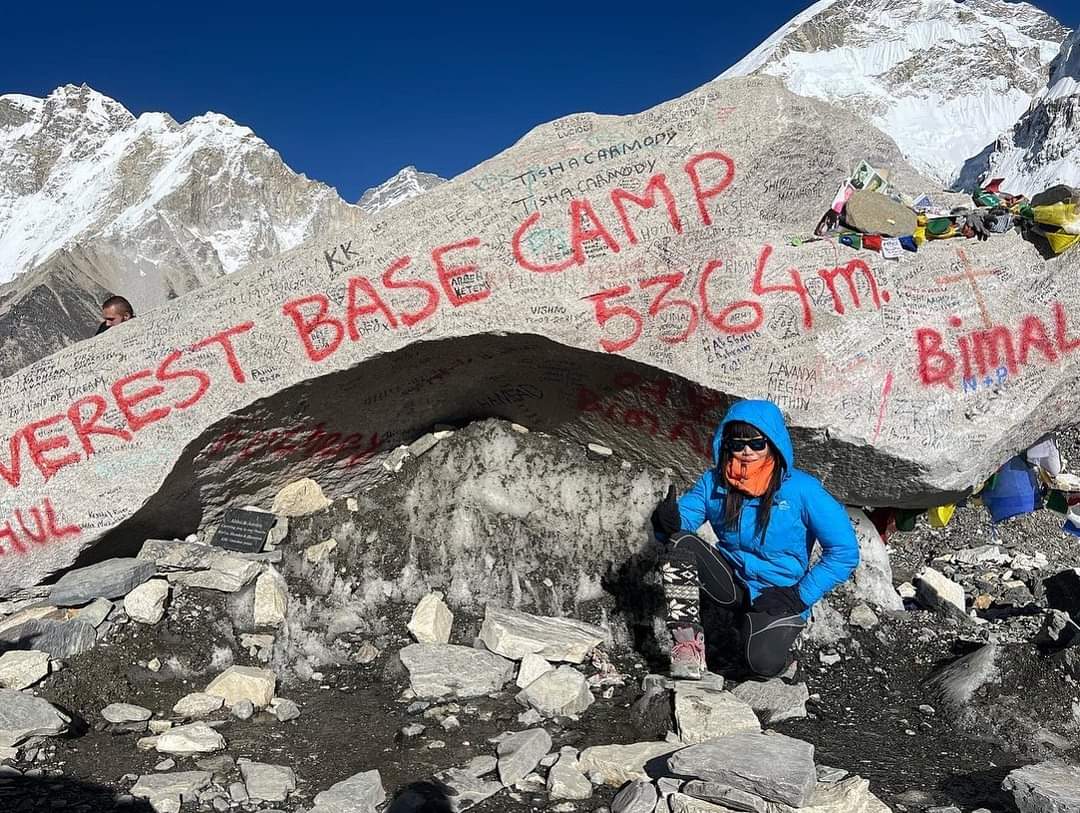
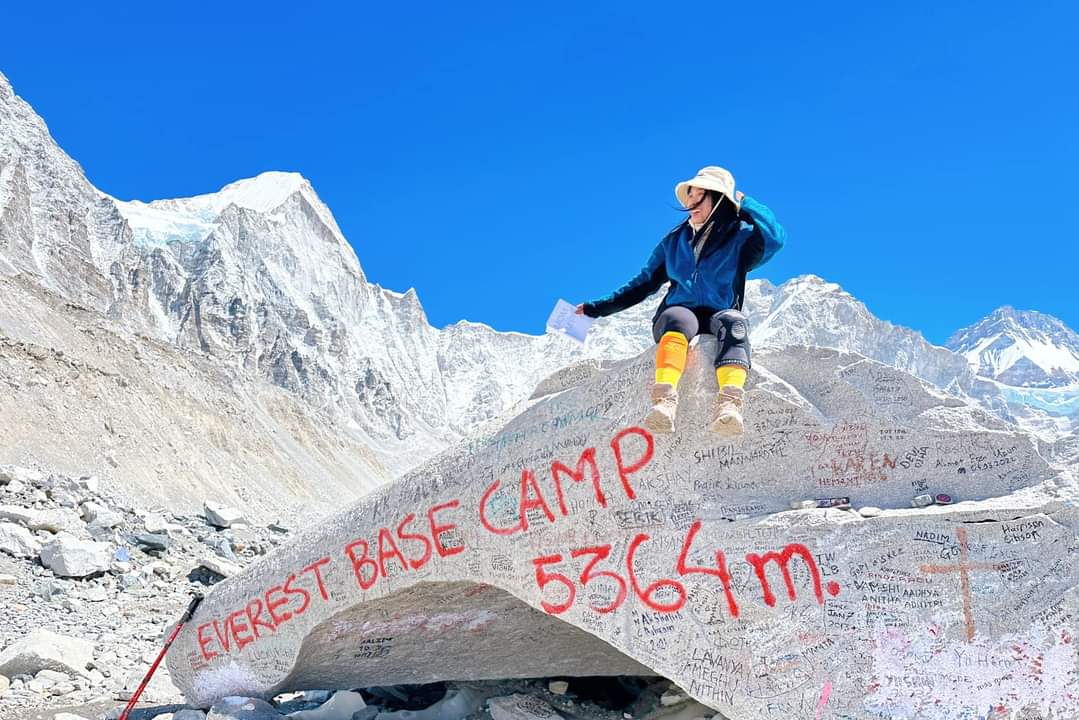
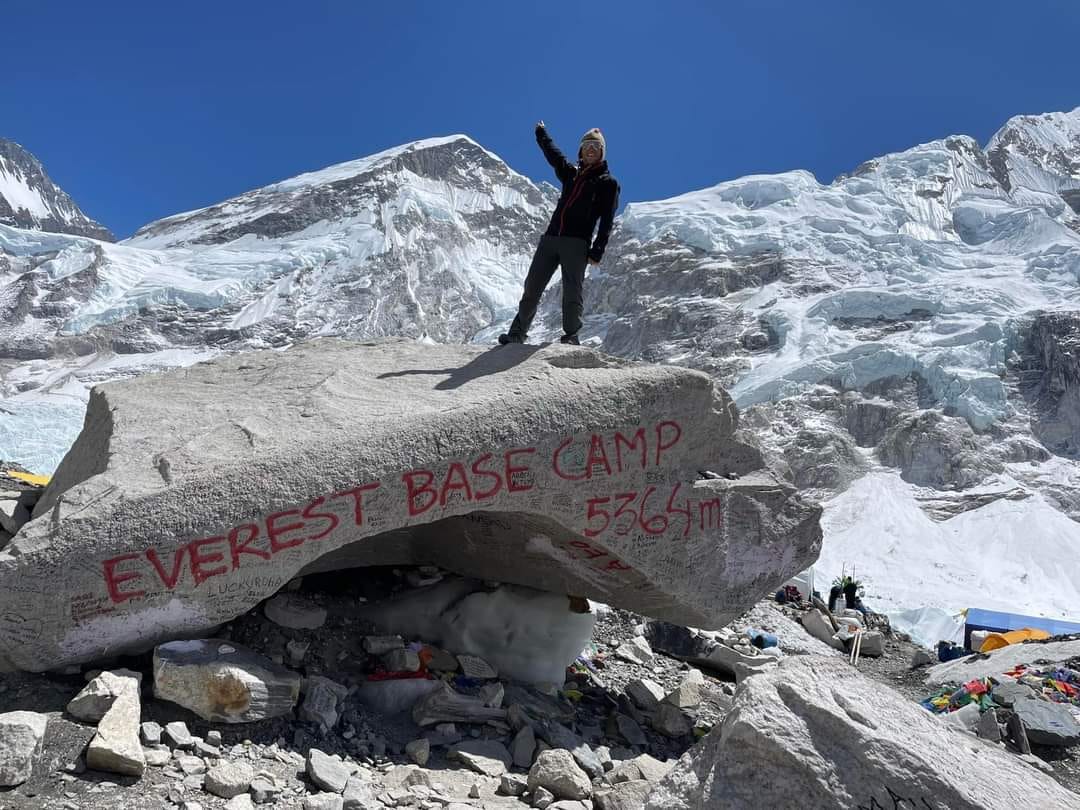
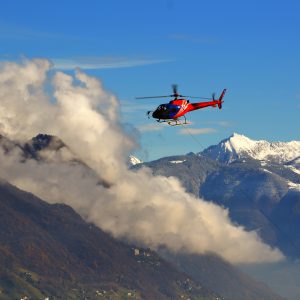
Leave a review